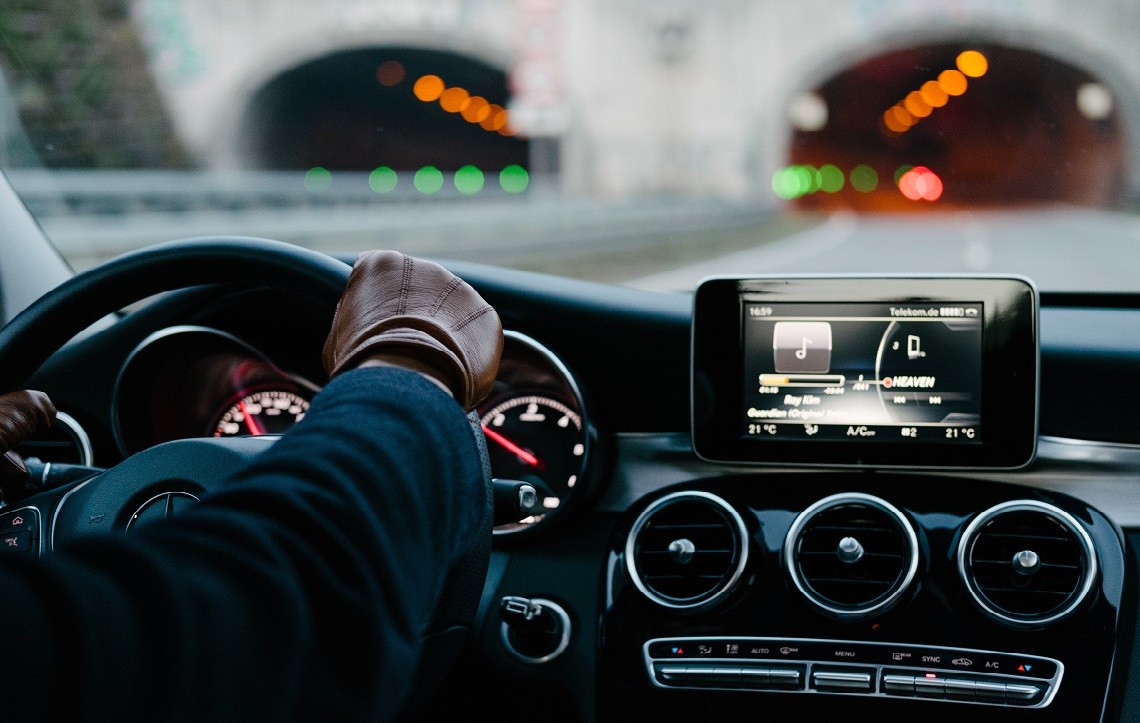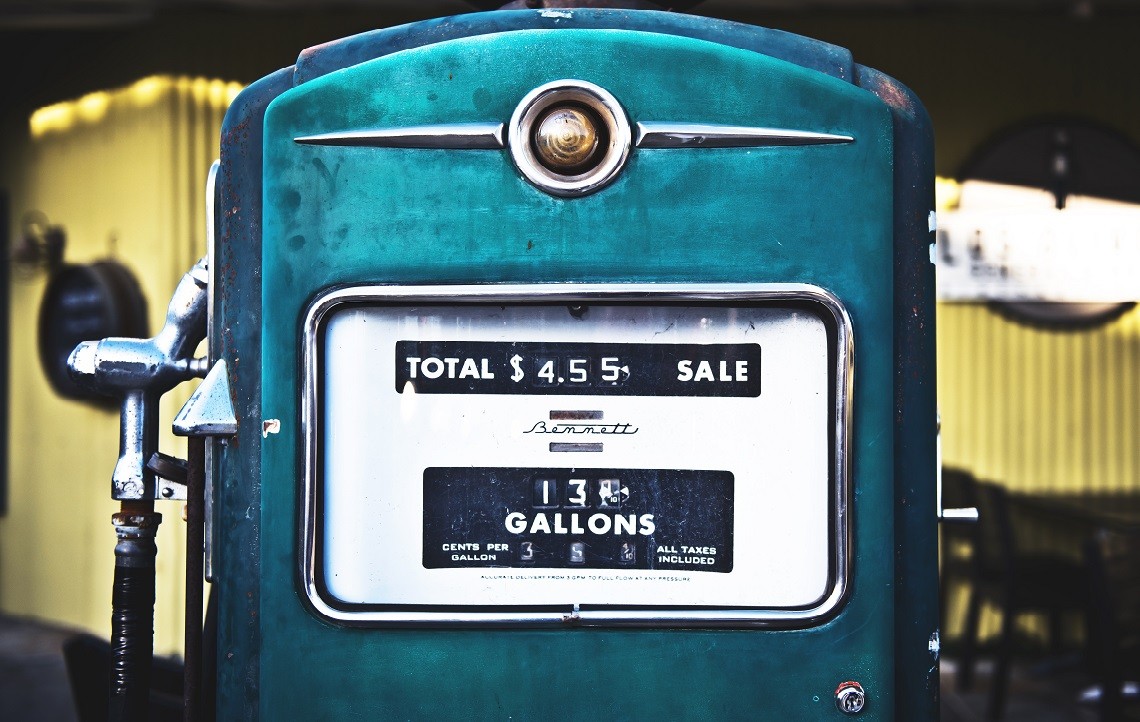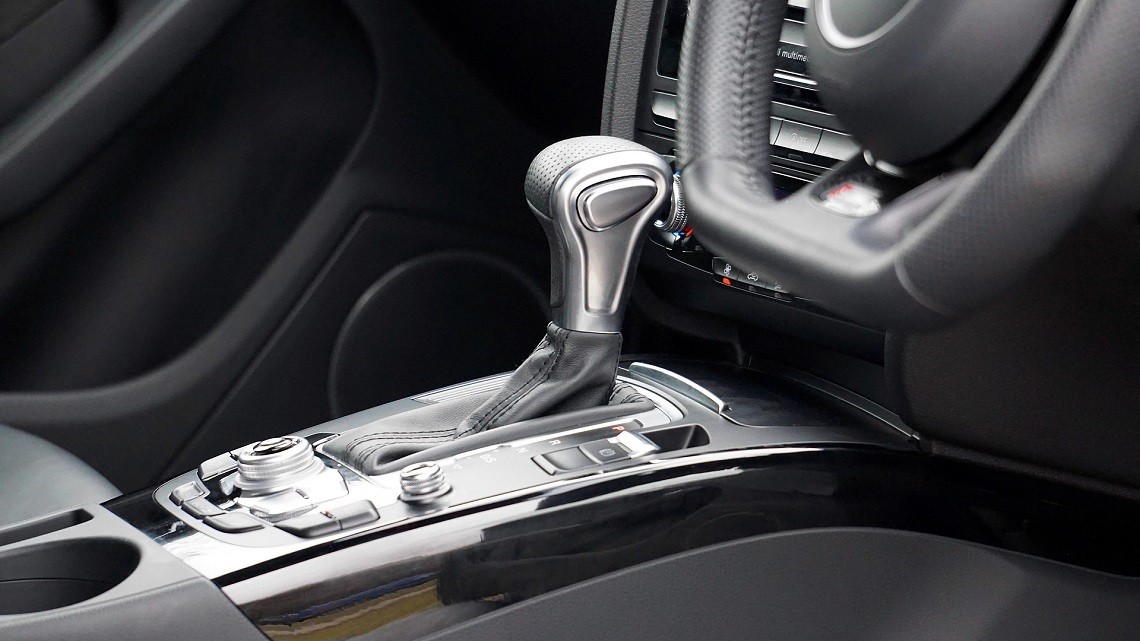For drivers accustomed to the roads of the United States, the prevalence of automatic transmission cars might seem like the norm. However, venture across the Atlantic to Europe, and you’ll find a different story unfolding. Europeans, and indeed many drivers globally, often favor manual transmission vehicles, a stark contrast to the American preference. This difference becomes particularly apparent when Americans travel abroad and discover that renting a manual car, or “stick shift” as it’s often called, is frequently the default option. This begs the question: what fuels this global divergence in driving preference? Is one truly “better” than the other? And how did Automatic Cars become so deeply entrenched in American automotive culture? Several factors, ranging from driving habits to economic considerations and technological advancements, contribute to this fascinating automotive divide.
| Factor | Impact on Automatic Car Preference |
|---|---|
| Driving Ease | Automatic transmissions offer unparalleled convenience, especially in congested urban environments. |
| Fuel Costs | Historically, cheaper gas prices in the US lessened the fuel efficiency concerns associated with older automatics. |
| Technological Advancement | Modern automatic transmissions boast improved performance and fuel economy, rivaling manual counterparts. |
| Market Availability & Cost | Automatic cars are readily available and competitively priced in the US market. |
| Driving Culture | For many Americans, driving is a necessity rather than a pastime, prioritizing ease and convenience. |
The Undeniable Ease of Automatic Driving
 Man driving with GPS
Man driving with GPS
Americans generally lean towards convenience and ease of use in all aspects of life, and driving is no exception. Learning to drive an automatic car is inherently simpler than mastering a manual transmission. The absence of a clutch pedal and gear shifting allows new drivers to focus on steering, braking, and navigating traffic. Furthermore, the convenience of automatic transmissions extends beyond learning. In today’s connected world, many drivers admit to distractions behind the wheel, whether it’s glancing at smartphones for GPS directions or managing entertainment systems. While undeniably unsafe and discouraged, the reduced workload of an automatic transmission can be perceived as making multitasking while driving slightly less demanding, albeit still dangerous.
In many parts of the US, personal vehicles are not just a convenience but a necessity for daily commuting and errands due to sprawling urban planning and limited public transport. As automatic transmissions became more widespread in the US starting in the late 1980s, the appeal of effortless driving grew exponentially. For most Americans, excluding dedicated automotive enthusiasts, the practicality and ease of automatic cars became the dominant preference. In contrast, European driving culture often emphasizes driver engagement and control, and learning to drive in a manual transmission vehicle remains a common practice, passed down through generations. Historically, manual cars were also more affordable and easier to maintain in Europe, further solidifying their popularity.
The Role of Gas Prices and Fuel Efficiency
 Old fashioned gas pump
Old fashioned gas pump
Fuel efficiency is a significantly greater concern for European drivers compared to their American counterparts. This concern stems from both environmental consciousness and the considerably higher cost of gasoline in Europe. In many European nations, fuel prices can be double or even triple those in the United States. For instance, while the average US gas price in January 2022 was around $2.81 per gallon, drivers in Germany faced an average of $5.16, and in the Netherlands, a staggering $6.16 per gallon. Conversely, countries like Angola might offer gas as cheap as 76 cents per gallon, highlighting the global disparity in fuel costs.
Historically, the relatively lower gas prices in the US meant that American drivers could more easily absorb the slightly lower fuel economy often associated with older automatic transmissions. However, advancements in automotive technology have largely erased this fuel efficiency gap. Modern automatic transmissions, particularly those with multiple gears and sophisticated computer controls, can now achieve comparable, and in some cases, even better fuel economy than manual versions of the same vehicle. This improvement has broadened the appeal of automatic cars globally, including in fuel-conscious European markets, moving them beyond just luxury vehicle segments and into mainstream options. When evaluating manual vs. automatic cars today, fuel consumption is often no longer a decisive factor.
Technological Advancements in Automatic Transmissions
 Automatic Transmission car interior
Automatic Transmission car interior
Concerns about performance used to be a significant disadvantage of automatic cars. In the past, drivers seeking brisk acceleration and responsive power typically opted for manual transmissions. Automatic transmissions were once perceived as sluggish and less engaging to drive. However, these perceptions are largely outdated. The evolution of automatic transmission technology has been remarkable. While automatic transmissions were not widely accessible or affordable until the mid-20th century, innovations like the “all-synchro” transmission in the 1960s, which synchronized lower gears, paved the way for larger and more capable automatic cars, particularly in the American market. This technology adoption was not as rapid in post-WWII Europe, where a less competitive automotive industry and high fuel costs continued to favor manual transmission vehicles. By the late 1980s, further technological leaps resulted in smoother, more responsive, and more fuel-efficient automatic transmissions, solidifying their appeal. Coupled with the extensive US Interstate highway system, designed for high-speed cruising over long distances, the convenience of automatic transmissions, often paired with cruise control, became ideally suited to American driving conditions and preferences.
Affordability and Market Dynamics
 Fiat with woman
Fiat with woman
In Europe, where fuel costs are significantly higher, smaller, more fuel-efficient cars have traditionally been favored. Furthermore, automatic cars have historically been more expensive to purchase in Europe, partly due to lower demand and higher complexity in their design and maintenance. Conversely, in the US market, the price difference between a new car with a manual versus an automatic transmission is now negligible, often just a few hundred dollars or even the same. Adding to this, younger generations of American drivers overwhelmingly learn to drive exclusively on automatic cars, lacking the skills and often the desire to operate manual transmissions. From an economic perspective, there’s little incentive for them to choose manual cars when automatics are readily available, affordable, and meet their driving needs. Consequently, car dealerships in the US stock primarily automatic vehicles, reflecting consumer demand.
Driving as a Chore vs. a Passion
 Traffic at an intersection
Traffic at an intersection
For many Americans, driving is primarily a functional necessity, a means to an end, rather than a source of enjoyment or a hobby. Similar to how residents of densely populated cities like New York rely on public transportation like subways and buses, the majority of Americans depend on their personal cars as their primary mode of transportation. In sprawling metropolitan areas where traffic congestion is a daily reality, the constant gear shifting required in manual cars can become tedious and frustrating in stop-and-go traffic. Even in smaller towns and cities, where commutes might be shorter, the convenience of automatics shines in frequent short trips and multiple stops. For longer journeys, the cruise control feature, commonly found in automatic vehicles, offers added comfort and ease, although cruise control can be more challenging to operate smoothly in manual cars. In contrast, Europeans undertaking long-distance travel often utilize extensive and efficient train networks or opt for air travel, influenced by high fuel costs and a greater emphasis on public transportation.
If you are traveling outside of the US and prefer the ease of an automatic car rental, especially if you are not proficient with manual transmissions, it is crucial to confirm you are reserving an automatic model. With services like SIXT, you can easily filter your car search by transmission type on their website, ensuring you get the automatic car you expect and avoid any surprises upon pick-up.
SIXT Car Rental Deals
Discover premium vehicles at competitive rates with SIXT. Choose from a wide selection, including economical compact cars, spacious SUVs, stylish convertibles, and more. Maximize your savings with our special one-way offers or enjoy even greater discounts on extended rentals!
Book Offer
